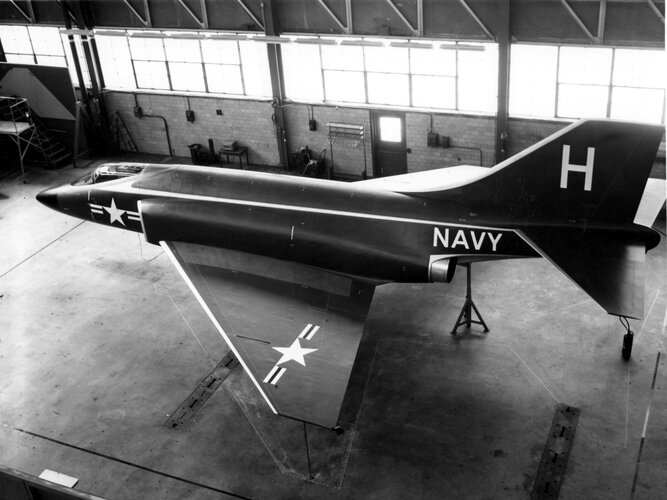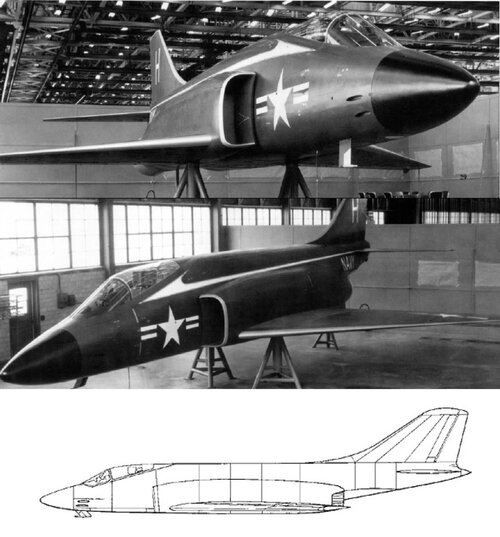- Joined
- 29 November 2010
- Messages
- 1,775
- Reaction score
- 3,479
McDonnell developed a larger, twin engined version the Demon, the F3H-G to compete with the F-8 Crusader. In the end the USN chose the F-8.
Let's say in this alternative time line, the F3H-G was chosen instead.. what would change? for example
- Would McDonnell still develop the F-4 Phantom? or would the USN keep using the F3H-G instead?
- Would the Super Demon also be popular among exports? (on a related note, any reason why many USN aircraft from the 50s and early 60s generally did poorly on the export market compared to their USAF counterparts?)
- Would Vought still exist as a company?
Let's say in this alternative time line, the F3H-G was chosen instead.. what would change? for example
- Would McDonnell still develop the F-4 Phantom? or would the USN keep using the F3H-G instead?
- Would the Super Demon also be popular among exports? (on a related note, any reason why many USN aircraft from the 50s and early 60s generally did poorly on the export market compared to their USAF counterparts?)
- Would Vought still exist as a company?


